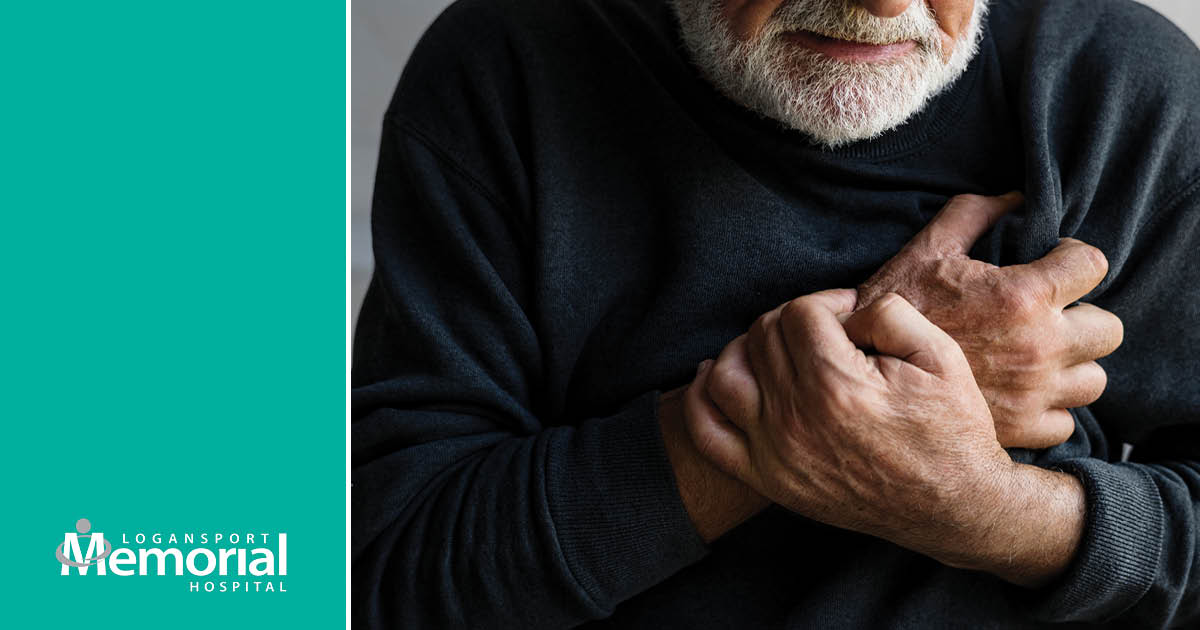Chronic Obstructive Pulmonary Disease (COPD) is a long-term lung disease where people have difficulty breathing, continual shortness of breath, and a chronic cough. People diagnosed with COPD are facing a lifetime of breathing problems and symptoms. The more you know about the stages of COPD and what positive steps to take in each, the better your quality of life can be.

COPD has four stages based on lung function testing. Lung function testing measures how much air you can let out during the first second of a forced breath. As patients progress from stage to stage their symptoms worsen and breathing becomes more difficult. At end-stage COPD, many people need supplemental oxygen to breathe.
Stage 1: Mild COPD
Key symptoms: noticeable shortness of breath with exertion and frequent cough. Lung function at 80%.
Stage 2: Moderate COPD
Key symptoms: excess sputum, noticeable shortness of breath with or without exertion. Lung function between 50 and 79%.
Stage 3: Severe COPD
Key symptoms: excess sputum noticeable shortness of breath, chronic cough. Lung function between 30 and 49%.
Stage 4: Very Severe or end-stage COPD
Key symptoms: excess sputum noticeable shortness of breath, chronic cough. Lung function less than 30%.
Living with COPD
Once your lungs are damaged, the damage cannot be undone. Treatment for COPD focuses on preventing additional damage, reducing symptoms, and enhancing quality of everyday life. The vast majority of COPD cases involve smoking. Quitting smoking is one of the best things you can do for yourself at any stage of COPD. Some other tips to help make life more comfortable:
- Exercise regularly
- Eat a healthy diet – some people with COPD lose weigh because the extra work of breathing can making eating enough food difficult. Try eating several smaller meals during the day to get the nutrients you need.
- Avoid known triggers such as: high altitudes, extreme heat and humidity or extreme cold
- Wear a scarf or mask when going outside in cold weather
- Avoid people who have respiratory infections
As you progress to advanced stages of COPD, you should also
- Talk to your doctor about medications and inhalers to widen your airways, making it easier to breathe
- Consider respiratory therapy to learn breathing techniques that reduce how hard you have to work to breathe
- Learn relaxation techniques

The rise of COPD in women
The American Lung Association has noticed an alarming trend regarding COPD and women. More than 7 million women in the U.S. live with COPD and millions more have the disease, but are undiagnosed, possibly because female COPD patients are commonly misdiagnosed with asthma. In fact, the number of deaths among women from COPD has increased four-fold over the past three decades and, since 2000, more women than men in this country have died of the disease. Additionally, research shows women diagnosed with COPD experience higher rates of anxiety, depression and report lower quality of life.
In an effort to educate the public, the American Lung Association has released a publication about this rise of COPD in women. You can download the free report at the link below.
If you are a woman experiencing the symptoms of COPD, make an appointment with your family medicine physician for a check-up and talk about your breathing concerns. Women throughout North Central Indiana trust the physicians of Logansport Memorial Hospital and our affiliated clinics.






